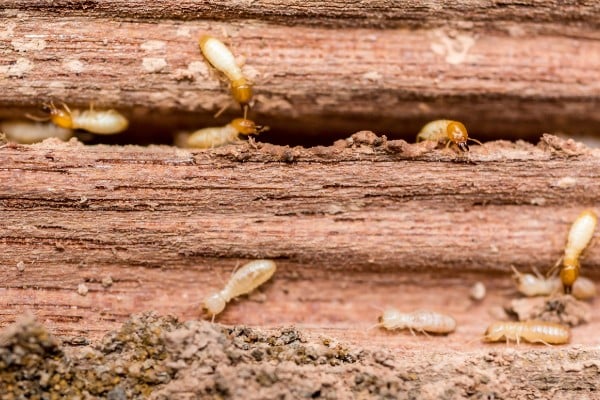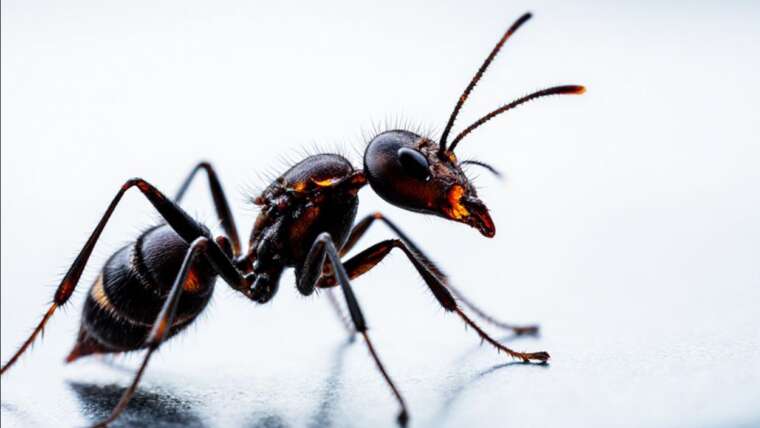Basements can be a haven for various pests, providing insects like spiders and termites with an ideal environment to thrive. The combination of dampness and darkness in basements creates the perfect hideaway for these unwanted guests. Understanding what attracts these pests to your underground space is the first step in removing them from your home. Here, we delve into the types of bugs that commonly invade basements, as well as effective strategies to keep your basement pest-free.
Common Types of Basement Bugs
Regardless of whether your basement serves solely as a storage area or as a bustling entertainment space, keeping it free of insects is crucial. Several insects prefer the cool, undisturbed darkness of basements, often entering through cracks in walls or foundations. Here’s a closer look at the most common basement pests you’ll want to keep at bay:
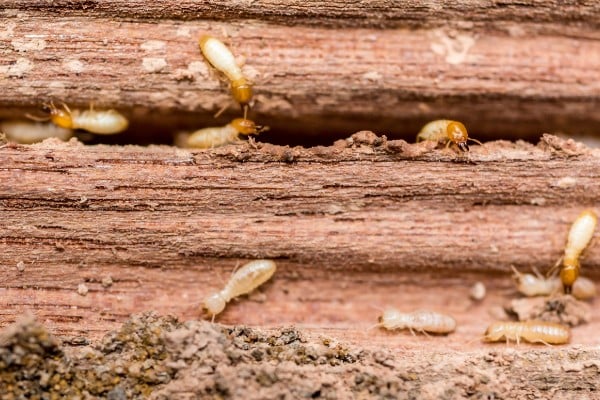
Subterranean Termites
Subterranean termites build their nests underground to maintain moisture levels. Cracks in the basement slab and surrounding walls often serve as easy entry points for these pests, especially in damp and dark conditions. Once inside, they feed on wood and cellulose-based materials, causing significant damage.
Tip: Conduct regular inspections of wooden structures in your basement, and consider using termite bait stations around your foundation for early detection.
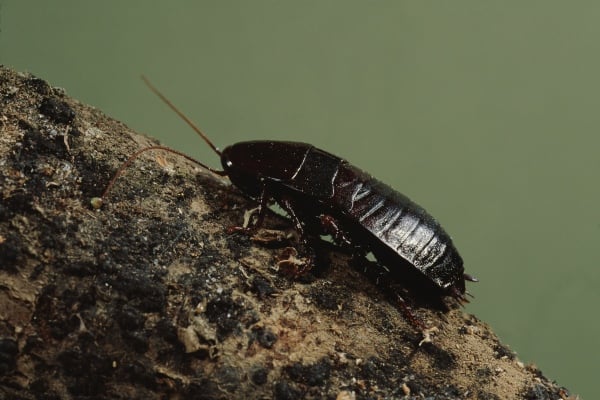
Oriental Cockroaches
Often referred to as “water bugs,” Oriental cockroaches thrive in dark, damp locations. You’ll usually find them near drains, sump pumps, and leaky pipes, as they feed on organic matter. Their presence often indicates a moisture issue in the basement.
Tip: Regularly clean and inspect drains; using enzyme cleaners can help eliminate organic debris that attracts these pests.
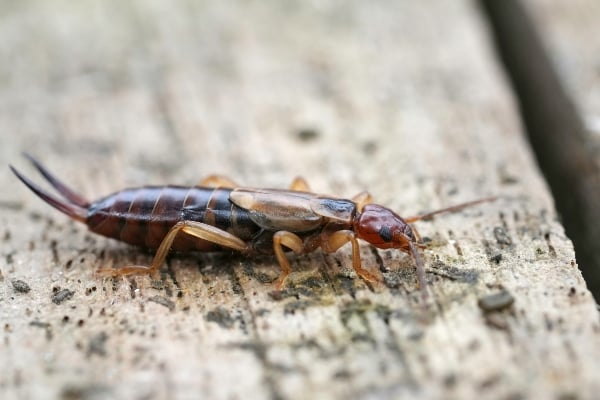
Earwigs
Dark reddish-brown earwigs prefer damp, shady environments. They seek shelter in basements and consume various organic materials, including dead insects. Their pinching cerci can be alarming but are not harmful to humans.
Tip: Reduce moisture levels by fixing leaks and ensuring proper drainage, as earwigs thrive in humid conditions.
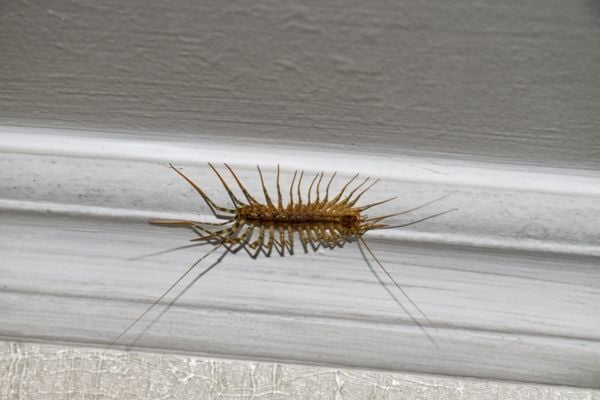
House Centipedes
House centipedes have flattened bodies and long, striped legs, making them notable in any basement. They naturally hunt other pests like spiders and insects, which can actually be beneficial in controlling unwanted population growth.
Tip: Encourage their presence by ensuring good ventilation in your basement; this will keep their food supply (pests) under control.
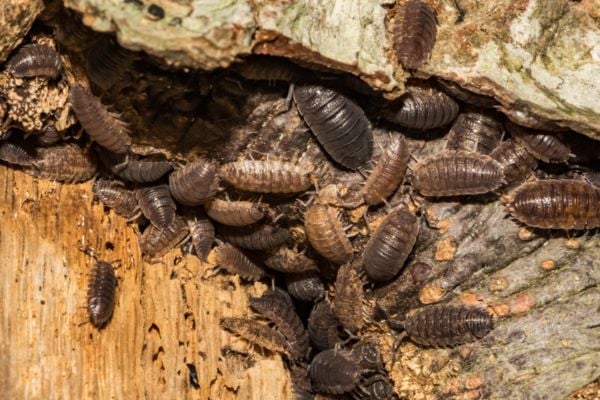
Sowbugs
Sowbugs, resembling tiny armadillos, prefer moist conditions and can easily enter homes through foundation cracks or gaps around windows. They often come inside looking for drier areas during rain or fall.
Tip: Add a layer of gravel around your basement’s exterior to improve drainage and reduce humidity levels that attract sowbugs.
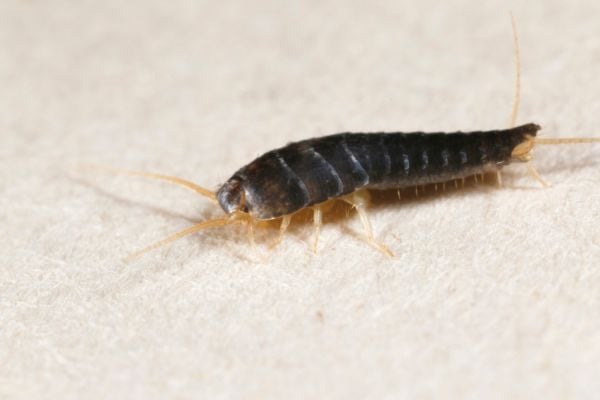
Silverfish
Silverfish are known for their silvery-grey scales and tapered bodies. They thrive in dark, humid environments and feed on starchy materials, including paper and cardboard commonly found in basements.
Tip: Store paper materials in airtight containers to reduce their attractiveness to silverfish and thereby prevent an infestation.
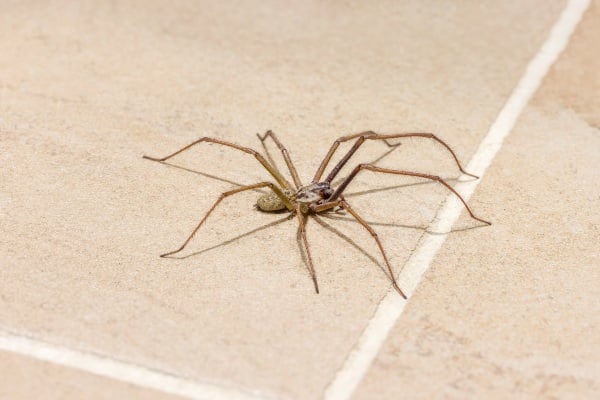
Spiders
Spiders are common in basements, taking advantage of the humidity and shelter to hunt other insects. Their presence typically indicates a healthy ecosystem of food (other pests) in your basement.
Tip: Keep basements tidy, reducing clutter where spiders can hide and ensuring a less attractive habitat for them and their prey.
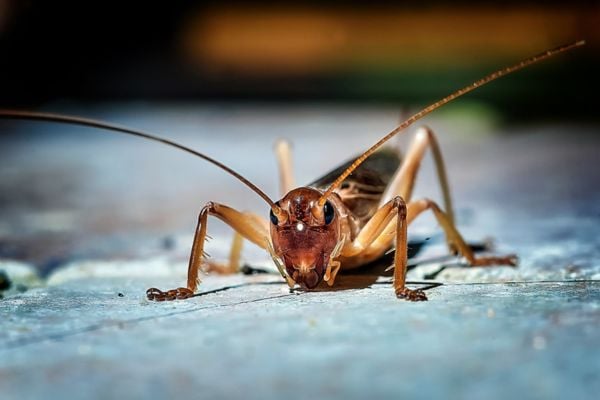
Crickets
Crickets, with their long antennae, often seek refuge in basements for moisture and food. Their chirping can be quite annoying, making them undesirable roommates.
Tip: Plant mint or use mint oil around your basement; crickets are repelled by the scent, limiting their attraction to the area.
How to Keep Bugs Out of Your Basement
The best way to keep bugs out of your basement is to keep the area dry and seal off entry points. Here are several key strategies:
- Repair leaky faucets and dripping pipes to eliminate moisture sources.
- Insulate pipes to prevent sweating and condensation.
- Employ a dehumidifier to ensure the air remains dry.
- Ensure that rainwater drains away from the foundation of your home.
- Replace weather stripping around doors to create a tight seal.
- Inspect and caulk any cracks around windows, doors, and your foundation.
- Seal gaps where plumbing and wiring enter your basement.
Extra Tip: Consider installing vented foundation vents to promote air circulation, further reducing humidity levels.
How to Get Rid of Bugs in Basements
While it’s common to find bugs in basements, an infestation is a different challenge. To combat unwanted pests, follow these action steps:
- Clear Out Your Basement: Remove all items from the space and inspect and clean each one thoroughly, as bugs can hide in unexpected areas.
- Deep Clean the Area: Sweep, vacuum, and wipe down every surface, especially in corners where pests may linger.
- Prevent Future Infestations: After cleaning, implement the preventive measures outlined above to keep pests from returning.
If you’re still experiencing pest issues, it’s likely time to reach out to professionals. Local pest control companies, such as Terminix, specialize in identifying and eliminating basement pests effectively. Contact your local Terminix branch to take action against the bugs in your basement.

